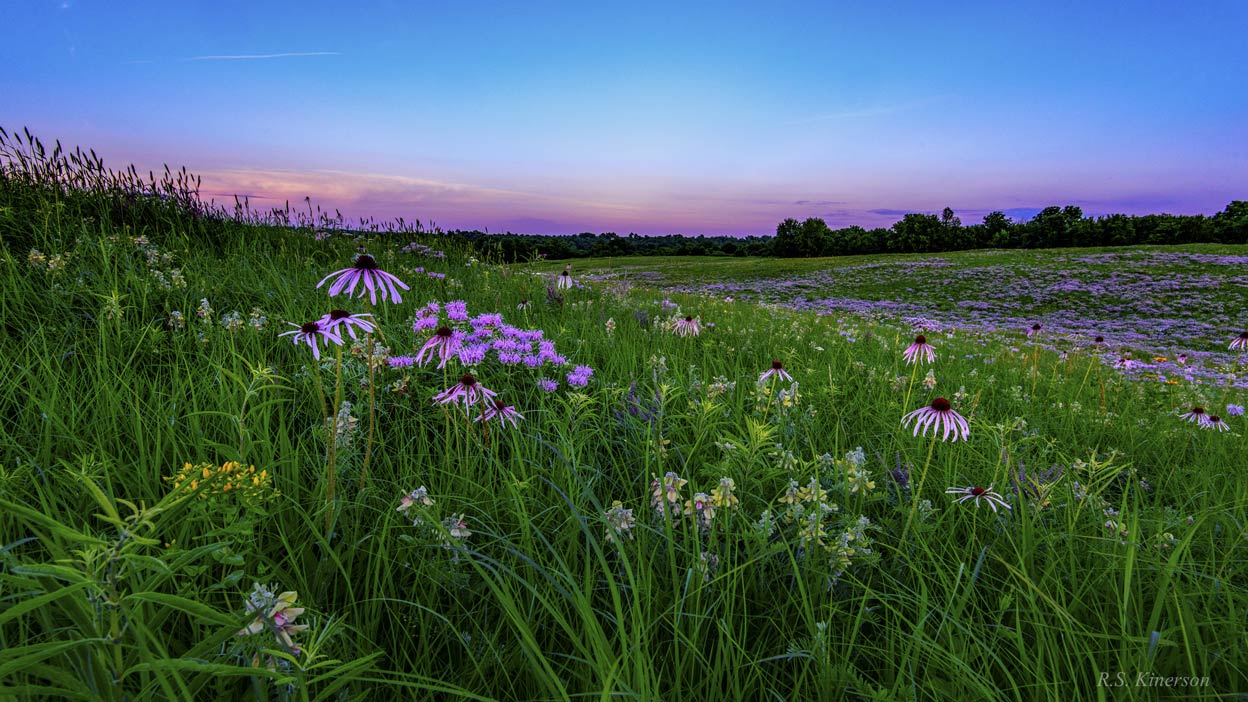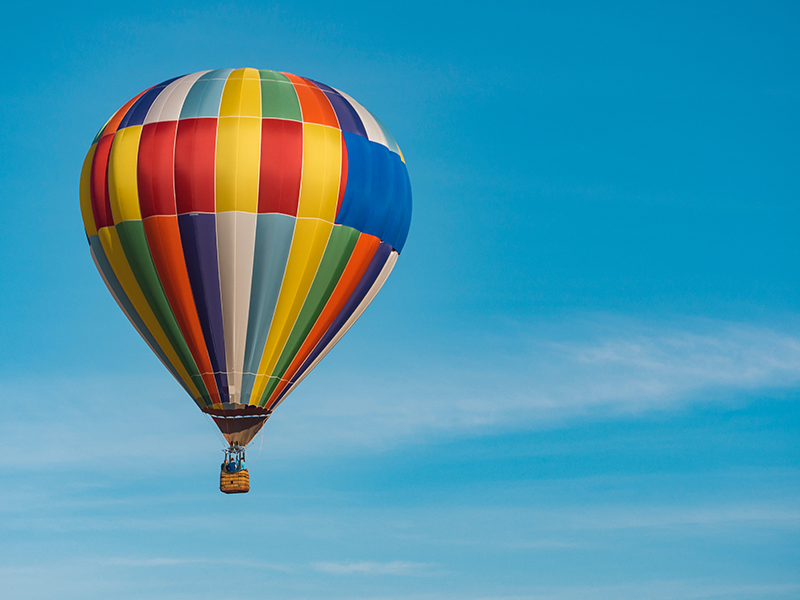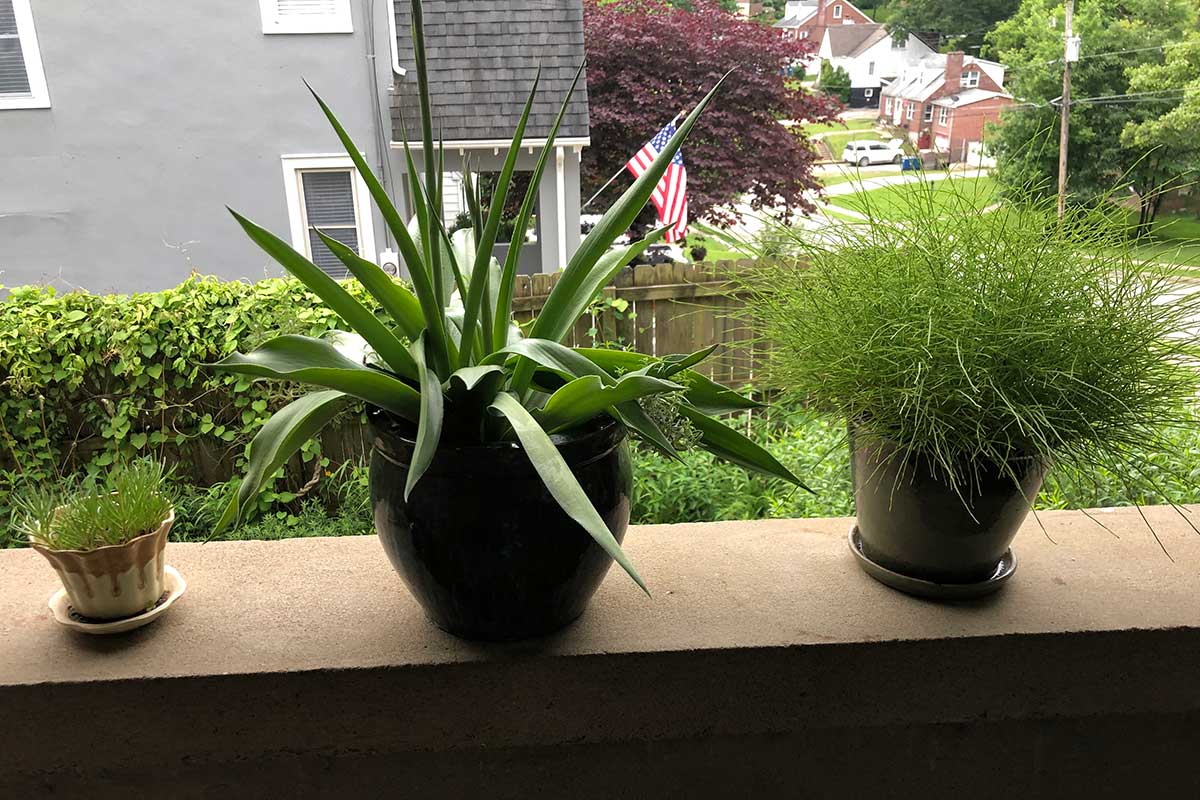Pure Air Natives has been supplying Missouri and adjacent states with high-quality native seed and plant material for more than 25 years. The Pure Air Natives team has worked with farmers, recreational landowners, developers, architects, engineers, landscape architects, owners and enthusiasts on projects across the Midwest.
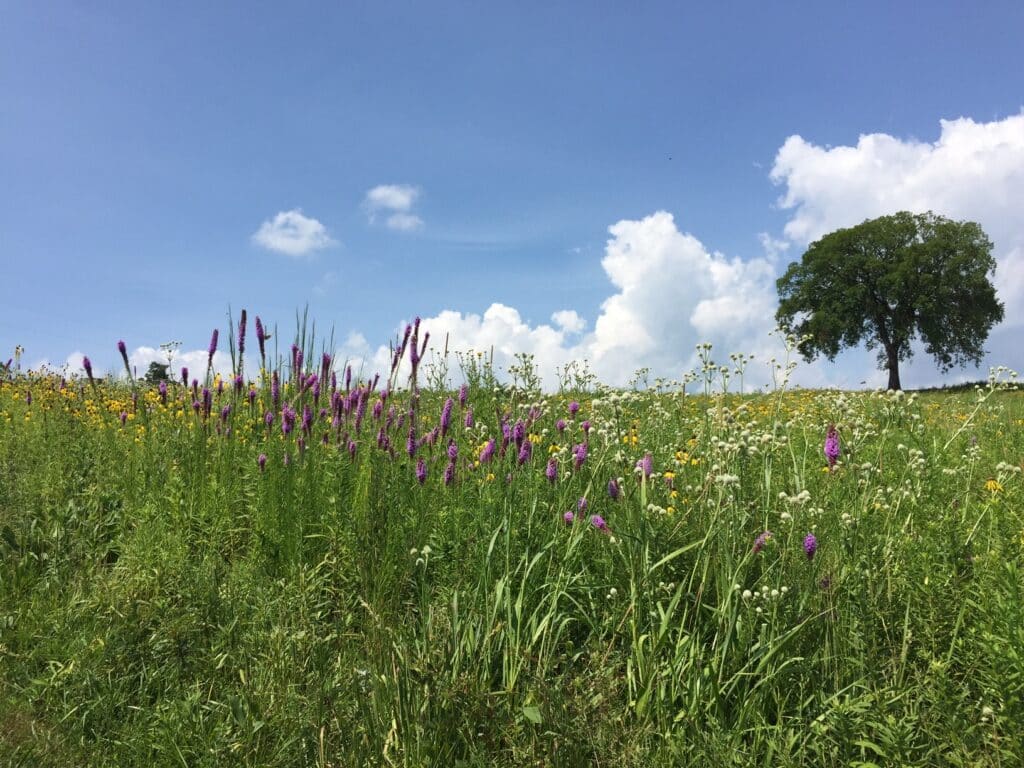
“We are members of Grow Native, The Missouri Native Seed Association, and The Western Seed Association, and we have an extensive referral network of professional land agents, botanists, arborists and contractors available to assist with your habitat improvement project,” says Betsy Tribble, sales manager for the St. Louis and Wentzville-based company.
“All our seed mixes are sold on a Pure Live Seed (PLS) basis to ensure our customers receive a benchmarked, third-party tested product,” says Betsy. Pure Air Natives sells only high-quality seed that will germinate. She added, “Don’t buy in bulk because paying for inert matter and other non-viable/weed seed only lessens the positive impact your project will have on our shared environment.”
In addition to producing, harvesting and selling hundreds of native seed species, Pure Air Native has a sister company DJM Ecological Services led by president Doug Bauer. DJM founder and chairman Jon Wingo has planted thousands of acres across Missouri and neighboring states.
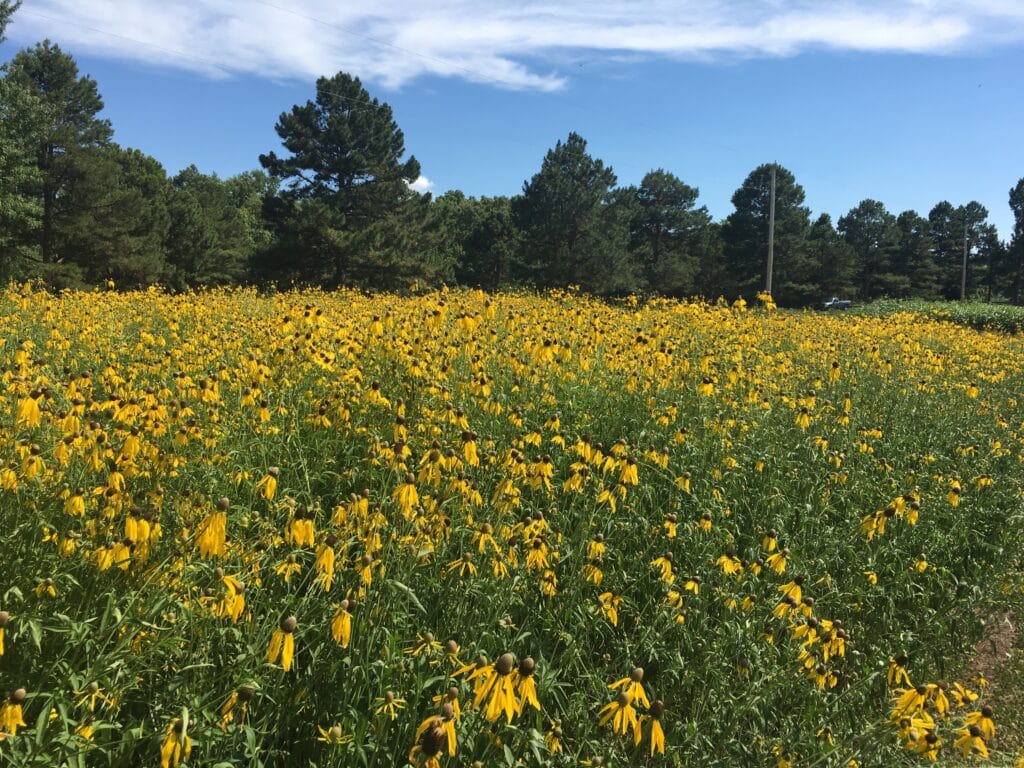
In fact, the publishers of Missouri Life magazine worked with Pure Air Natives and DJM ecological services to plant several dozen seed species on over 100 acres. “We really appreciated all the advice and consulting that went into our seed selection and the timely manner that Jon Wingo got our planting done,” says Greg Wood, publisher of Missouri Life. “We have already seen some beautiful wildflowers in full bloom and we look forward to seeing many more!”
Frequently Asked Questions answered by Pure Air Natives:
Throughout the year Pure Air Natives is often asked the same important questions. So we’ve tried to take some of the guesswork out of it and post those frequently asked questions right here. If you don’t find what you’re looking for, visit PureAirNatives.com or call 636-357-6433 for more information.
What makes a plant ‘native’?
USDA defines a native plant as one naturally occurring prior to European settlement. That plant is a part of a healthy, balanced ecosystem and has developed over hundreds or thousands of years in a particular region.
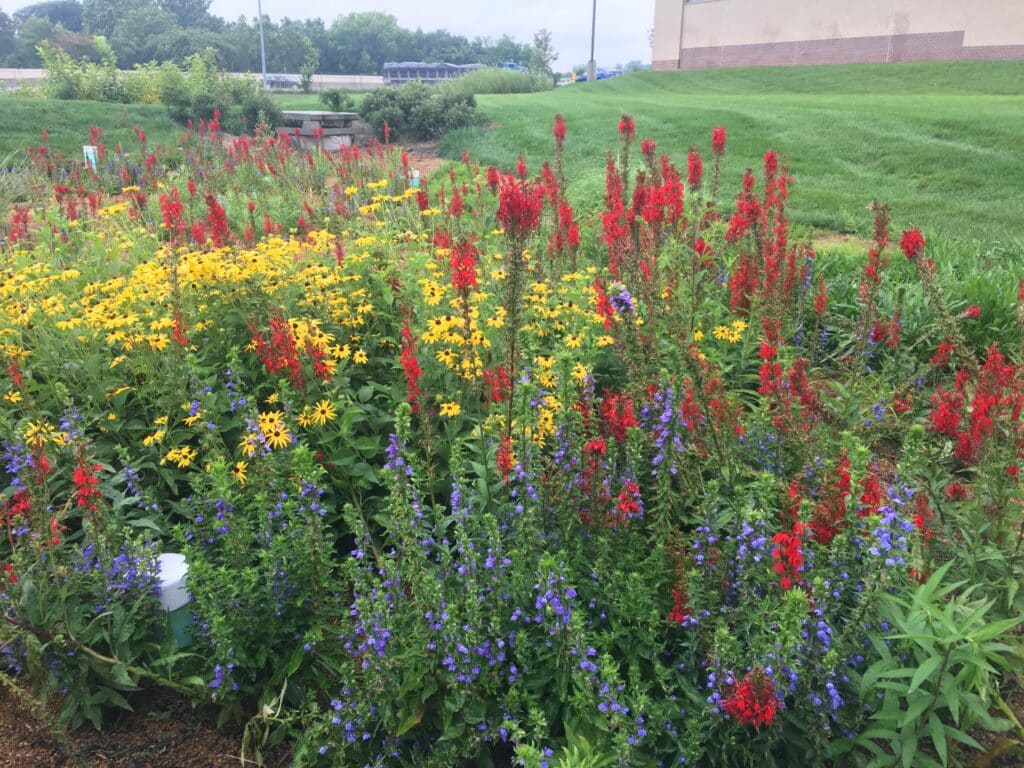
How can I tell if a plant is native or not?
The USDA sets the standards for native, non-native, invasive, naturalized, exotic, and other categories of plants. A quick Google search with the ‘plant’s scientific name + USDA’ will bring up results with the USDA Plant Profile where you can find information about the species, including if it is native and to what areas.
What is an annual, biennial, perennial?
Annual plants are plants that grow, put on seed, and die in 1 year. Biennial plants do this over the course of 2 years. And perennial plants continue to do this year after year, some are short-lived and others are long-lived perennials existing for several years.
It’s a misnomer that annual plants won’t come back the following year. While technically that is true, the viable seed from the annual plant can germinate and grow a new plant the following year. This happens often in nature.
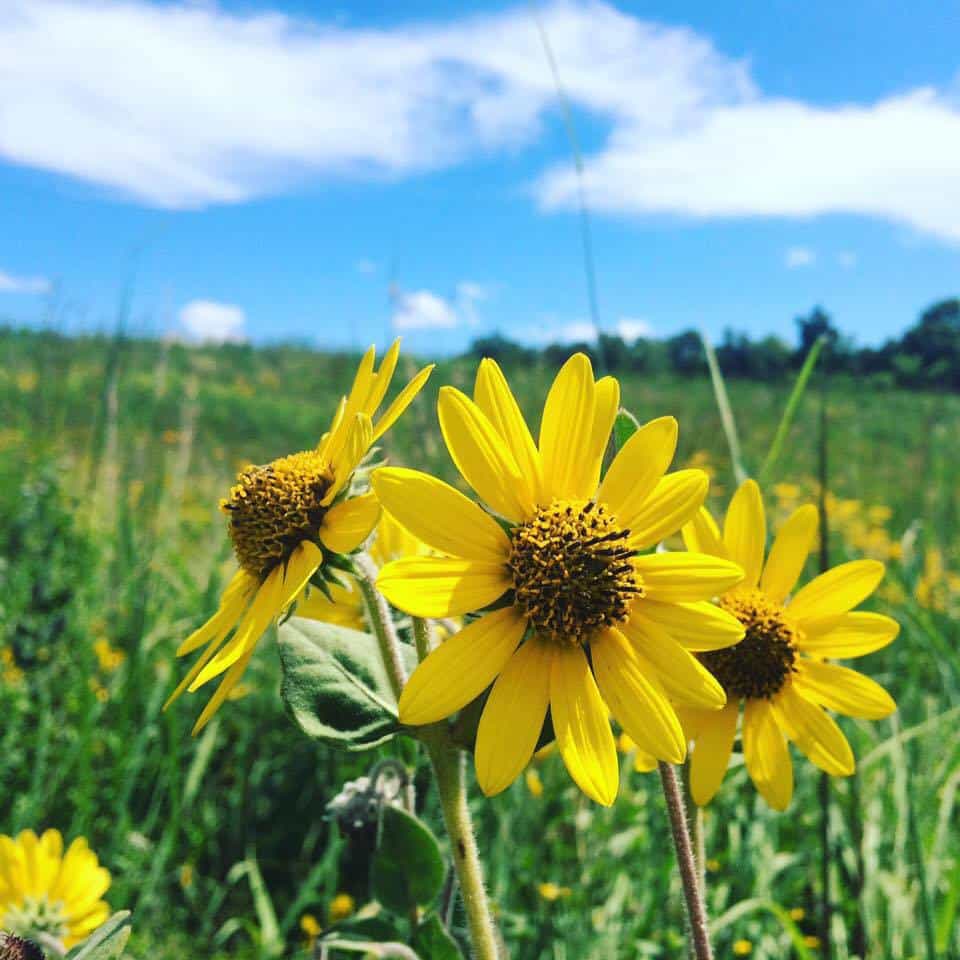
Do I need a mix of annual, biennial, & perennial plants in my prairie/garden?
The short answer is no. However, in some ecology restoration projects, the goal is to mimic Mother Nature. In doing so, a healthy ecosystem has a certain level of annual and biennial plants among the prairie. So oftentimes, you’ll see these species included in mixes.
One of the benefits of having annual wildflower species in the mixes would be to provide ground cover and shade for your soil. These beneficial annual species will typically grow faster than perennials and therefore can compete against annual undesired or weedy species. Additionally, these annuals begin providing much needed nectar and pollen for pollinator species of all kinds.
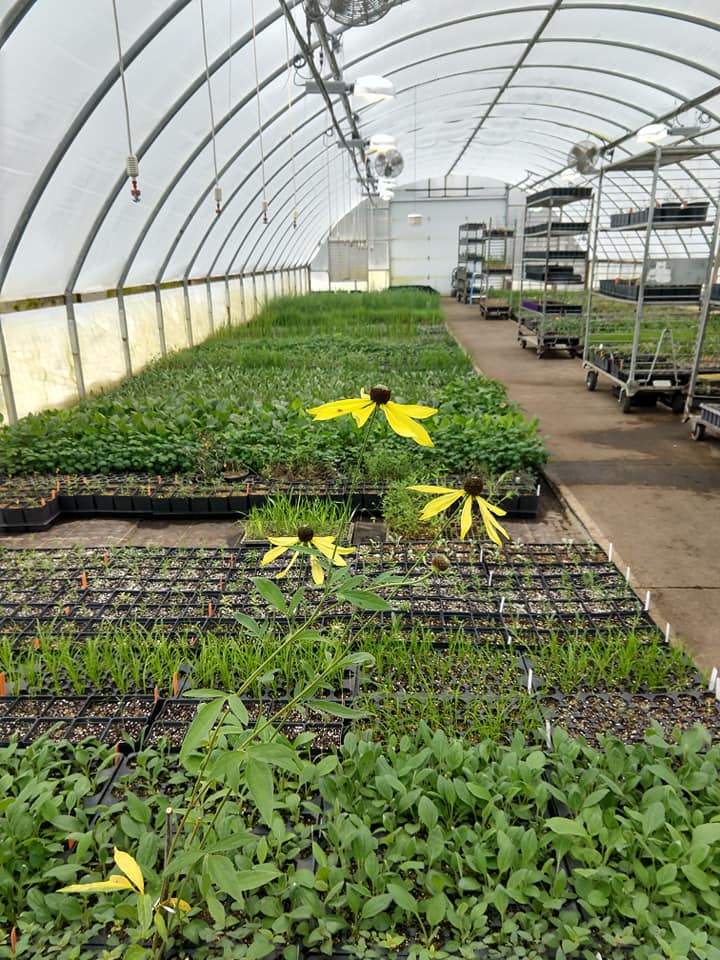
What is PLS?
PLS stands for ‘pure live seed’ and is usually expressed in a percentage based on the overall amount of seed in a seed mix. The PLS is a combination of the end results of lab tested germination rates along with purity.
Purity of seed is equal to the percentage of seed in the bulk amount to actually be seed. Because native forbs and grasses vary in sizes and shapes, it can be very difficult to have 100% pure seed in a bin/lot of seed. Oftentimes there is a percentage of stems, inert matter, leaves, other organic matter, etc.
The germination rate is also tested by a lab. This determines how much of the actual seed is viable, and how much of it is live and will germinate.
With these 2 factors we can determine the Pure Live Seed (PLS) for a particular bin/lot of seed. No two bins/lots are created equal, even when it’s the same species. It’s vital that our inventory is kept separated, even from itself. For example, Ironweed harvested in one area likely has a different PLS than the same species of Ironweed harvested in a different area or by different techniques.
For more information visit pureairnatives.com/contact-us. Or call 636-357-6433.
Related Posts
Here’s Our Guide to Growing Native Plants
By landscaping with native Missouri plants, gardeners with the palest of green thumbs can enjoy such views just like the pros, all while knowing they’ve done their part to nurture complex ecosystems.
Hot Air Balloon Adventure
On December 31, 1997, Steve Fossett took off in a hot air balloon from Busch Stadium on this day. The trip ended a few days later in Russia, establishing a new distance record.
Think Small: All About Micro-Gardening
Experts agree it is important to incorporate Missouri native plants into whatever garden you tend, even if there isn’t room for an extravagant setup.

